News
-
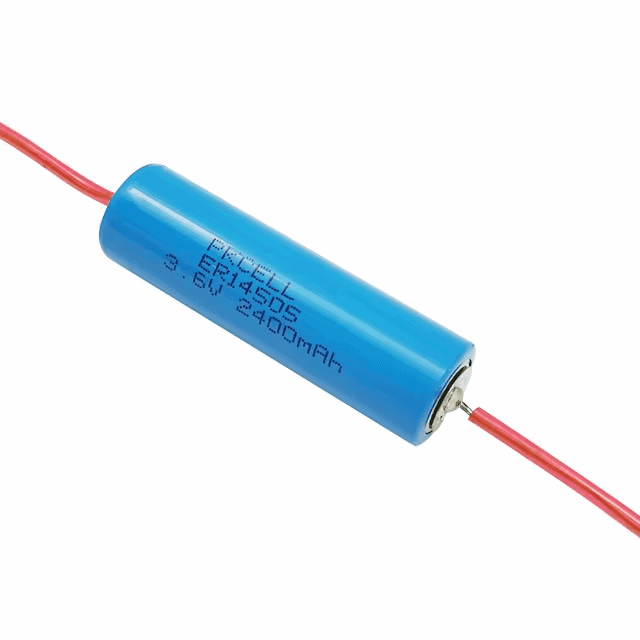
Why Do LiSOCl2 Batteries Incorporate Axial Wires?
Axial wires are thin, straight electrical conductors that are used in various electronic components, including batteries. They are typically used to make internal connections within the battery or to connect the battery to external circuits. Axial wires are named so because they run along the axi...Read more -
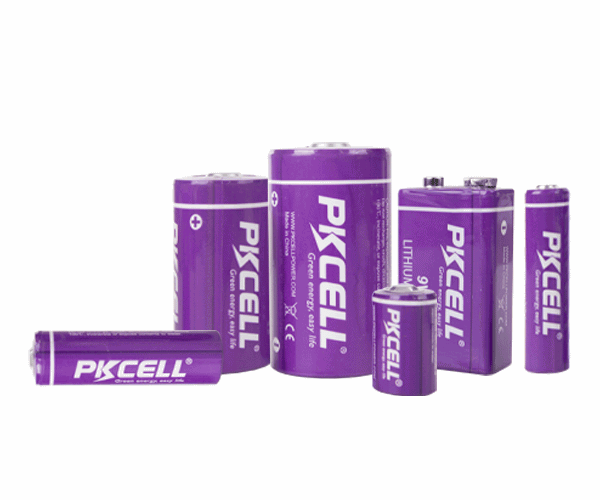
What is the Passivation of a LiSoCl2 Battery? How to Remove?
Passivation in Lithium Batteries Passivation in lithium batteries, particularly those using lithium thionyl chloride (LiSOCl2) chemistry, refers to a common phenomenon where a thin film forms over the lithium anode. This film is composed mainly of lithium chloride (LiCl), a byproduct of the prima...Read more -
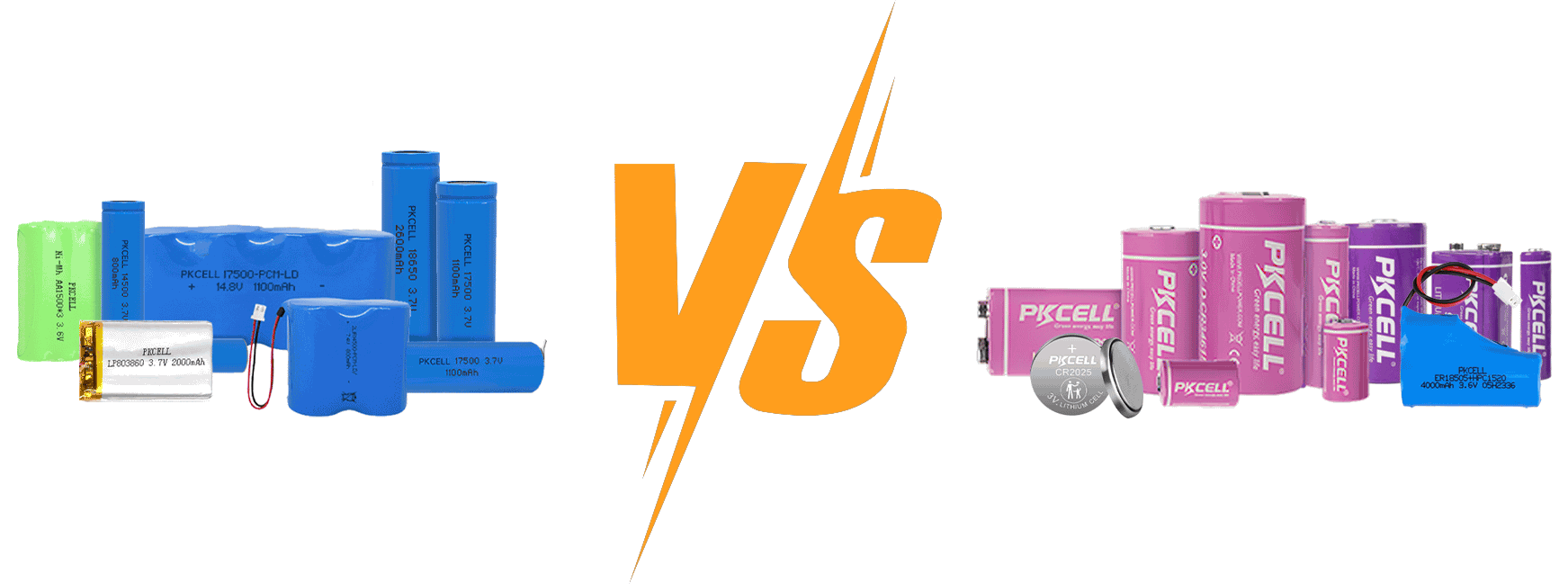
What’s the Difference Between a Primary and Secondary Battery?
In the world of battery technology, understanding the distinctions between primary and secondary batteries is crucial for selecting the right type of battery for various applications. This article will delve into the differences between these two categories of batteries, discussing their construc...Read more -

Canton Fair: PKCELL Showcasing Innovation in Battery Technology
This year, we had the exhilarating opportunity to participate in the prestigious Canton Fair, also known as the China Import and Export Fair. Held in Guangzhou, this fair is one of the largest trade events in the world, providing a vital platform for industries to showcase their latest products a...Read more -
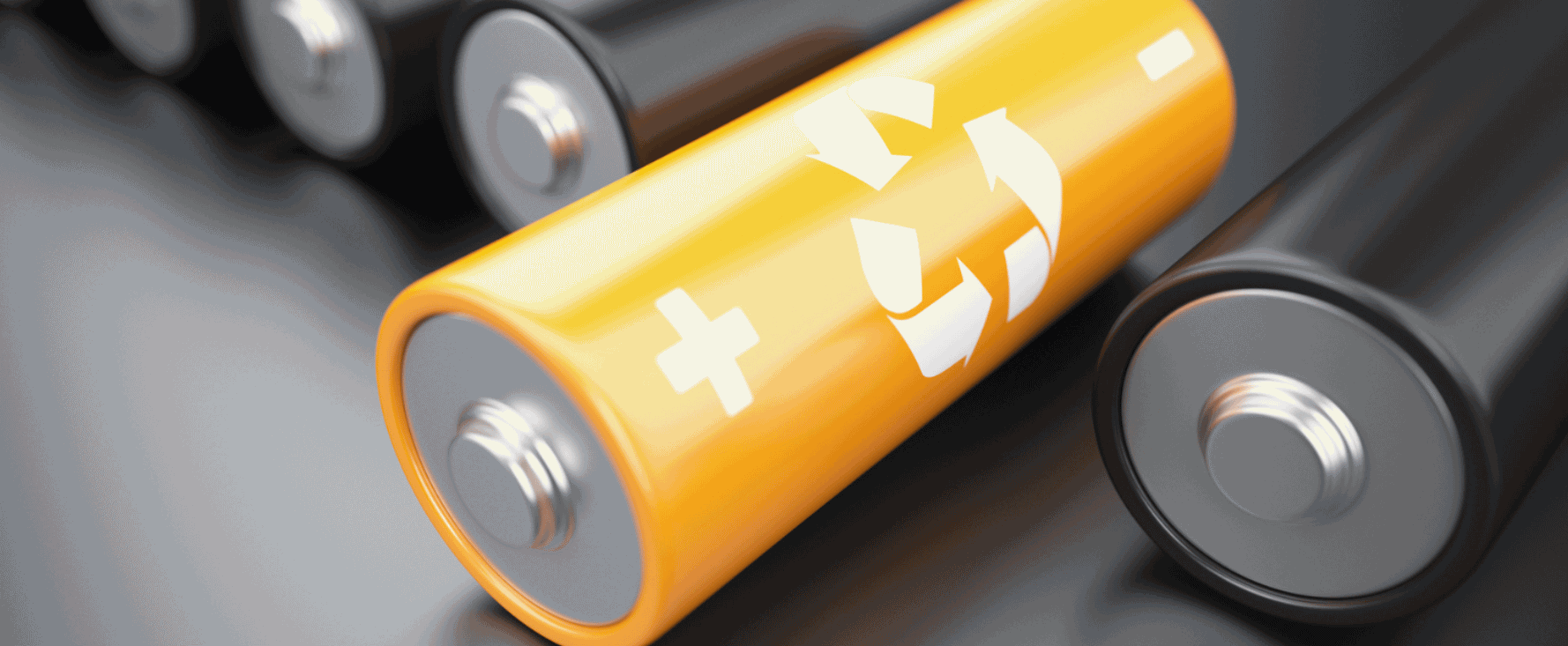
What is the difference between Li ion and Li SOCl2?
When comparing lithium-ion (Li-ion) and lithium-thionyl chloride (Li-SOCl2) batteries, it’s essential to consider their chemistry, performance characteristics, applications, and advantages and disadvantages. This comparison sheds light on why different technologies are suited for varied use...Read more -
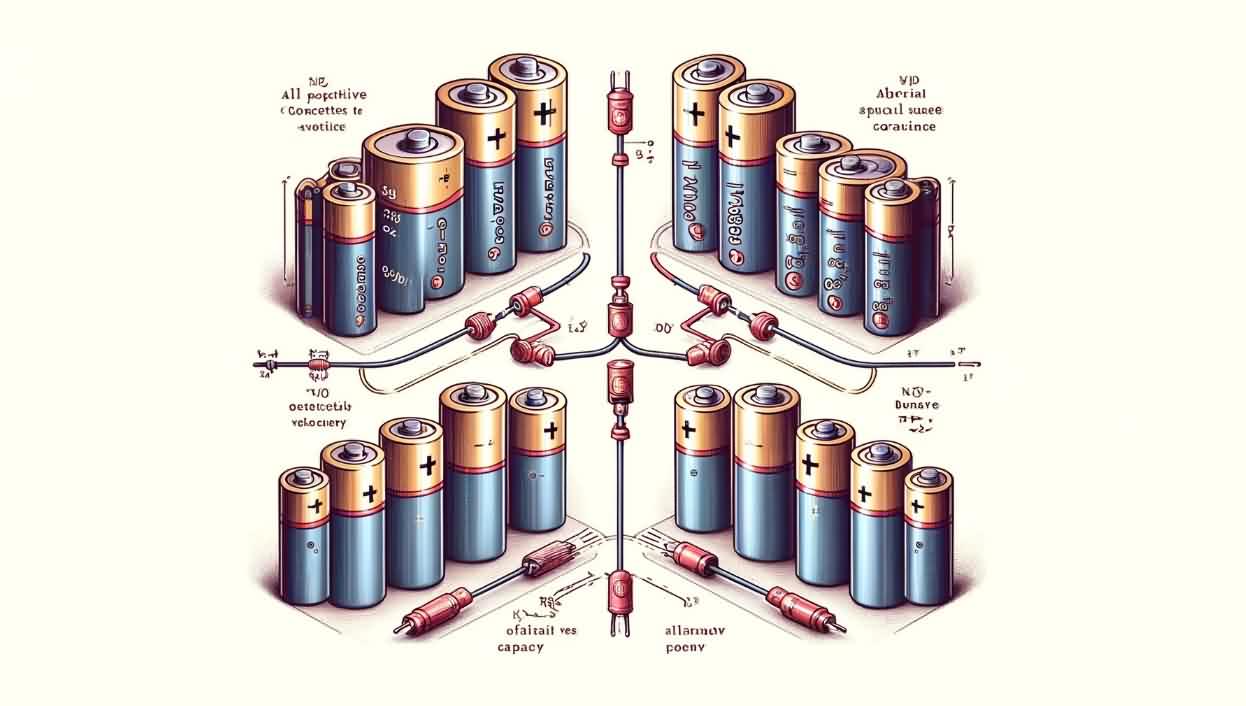
How To Connect Batteries In Series & Parallel
Connecting batteries in series or parallel is a fundamental technique in electronics, offering flexibility in configuring power sources for various applications. This article will guide you through both methods, discussing their principles, benefits, and potential drawbacks. Whether you’re ...Read more -
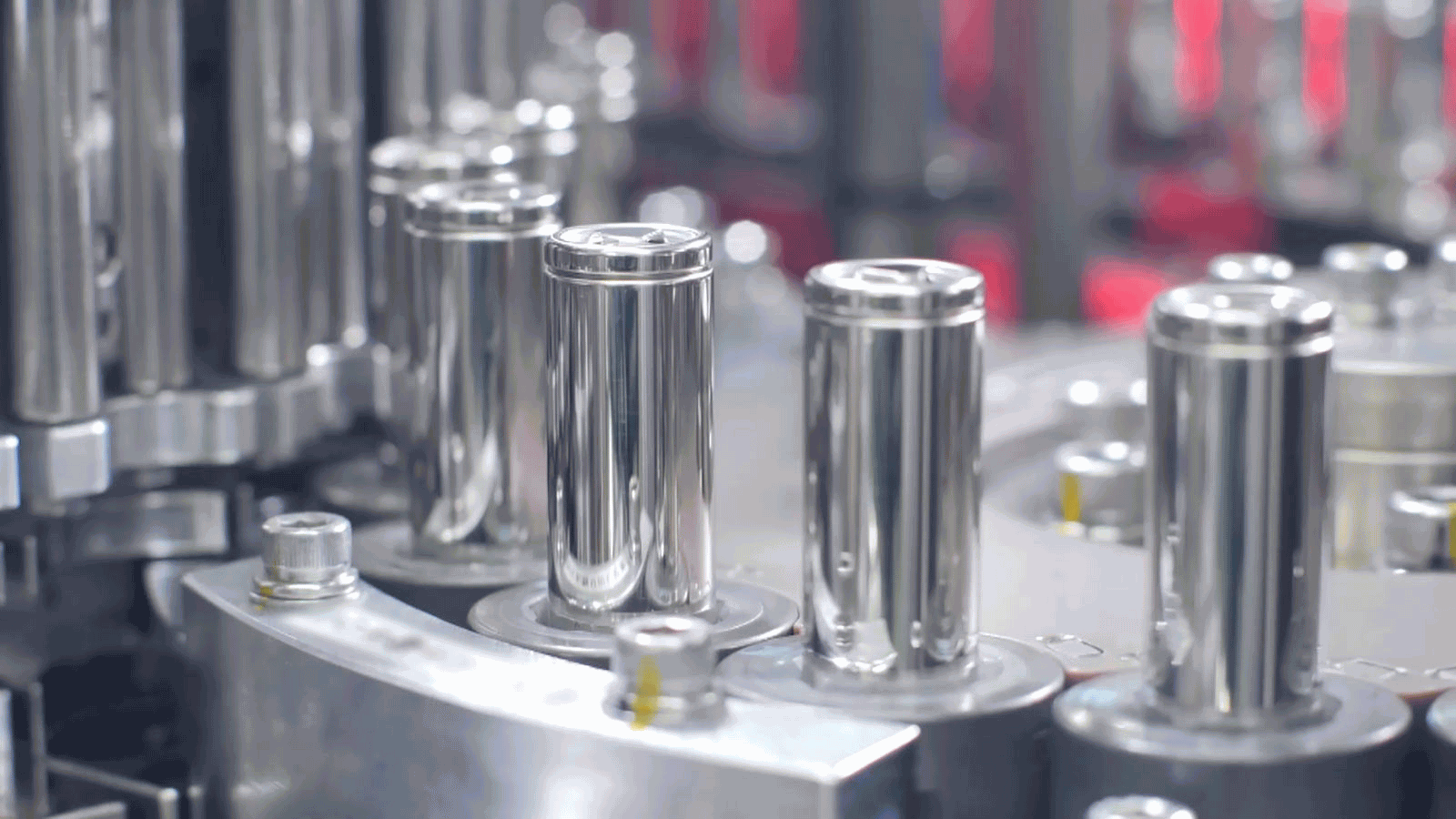
What Type of Battery is a Primary Battery?
Primary batteries, also known as non-rechargeable batteries, are a cornerstone in the world of energy storage technologies. These batteries are designed for one-time use until the chemical constituents that produce electricity are exhausted. Unlike their rechargeable counterparts, once the chemic...Read more -
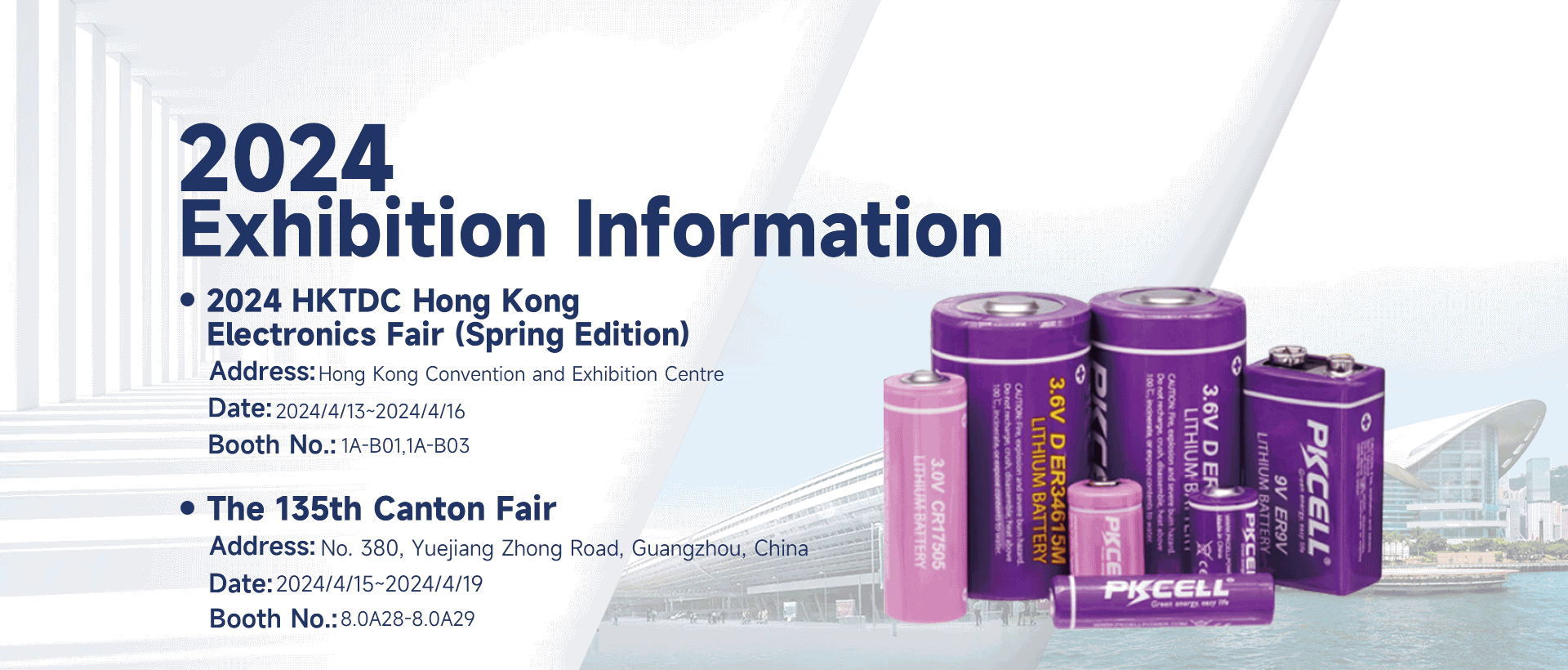
PKCELL Invitation for HKTDC Electronics Fair and Canton Fair-2024
We will attend the HKTDC Electronics Fair and Canton Fair in April 2024. If you have a plan for the exhibition, welcome to visit our booth as follows. Welcome to talk about your battery requirements and learn more about us. PKCELL will be your good partner for the battery business in 2024.Read more -
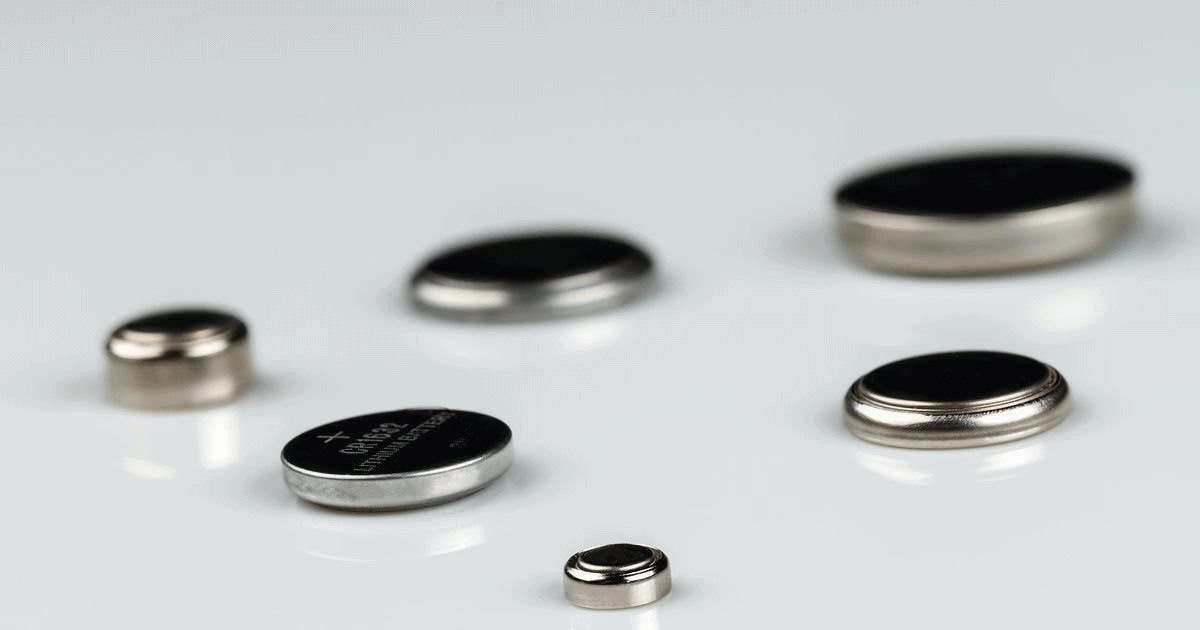
How do I Know What Button Cell Battery I Need?
When it comes to selecting the correct button cell battery for your device, several factors must be considered to ensure compatibility and optimal performance. Button batteries, also known as coin cell batteries, are used in a myriad of devices such as watches, calculators, hearing aids, and smal...Read more -

What is the Difference Between a Hybrid Pulse Capacitor and A Capacitor?
The distinction between a hybrid pulse capacitor and a traditional capacitor lies in their design, materials, applications, and performance characteristics. Below, I’ll delve into these differences to give you a comprehensive understanding. Capacitors are fundamental components in electroni...Read more -
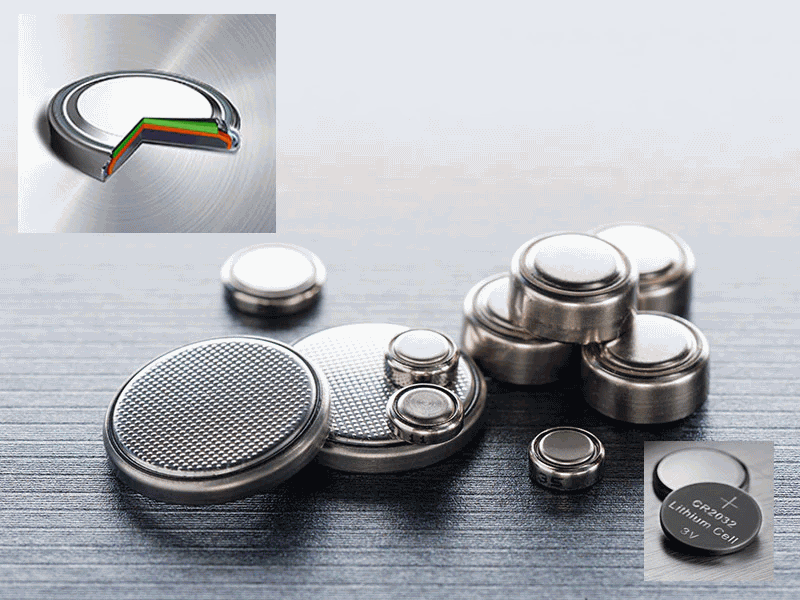
Exploring the Reign of the CR2032: The Most Popular Button Cell Battery
In the realm of compact and efficient power sources, button cell batteries stand out due to their small size and versatility. Among these, the CR2032 battery emerges as the most popular and widely used across various applications. This article delves into the reasons behind the dominance of the C...Read more -

When to Use Li-SOCl2 vs Lithium Polymer (LiPo) Batteries in IoT Applications
In the ever-evolving landscape of the Internet of Things (IoT), the choice of power source is pivotal. Among the myriad options, Lithium Thionyl Chloride (Li-SOCl2) and Lithium Polymer (LiPo) batteries stand out, each with distinct characteristics suitable for different IoT applications. Understa...Read more




